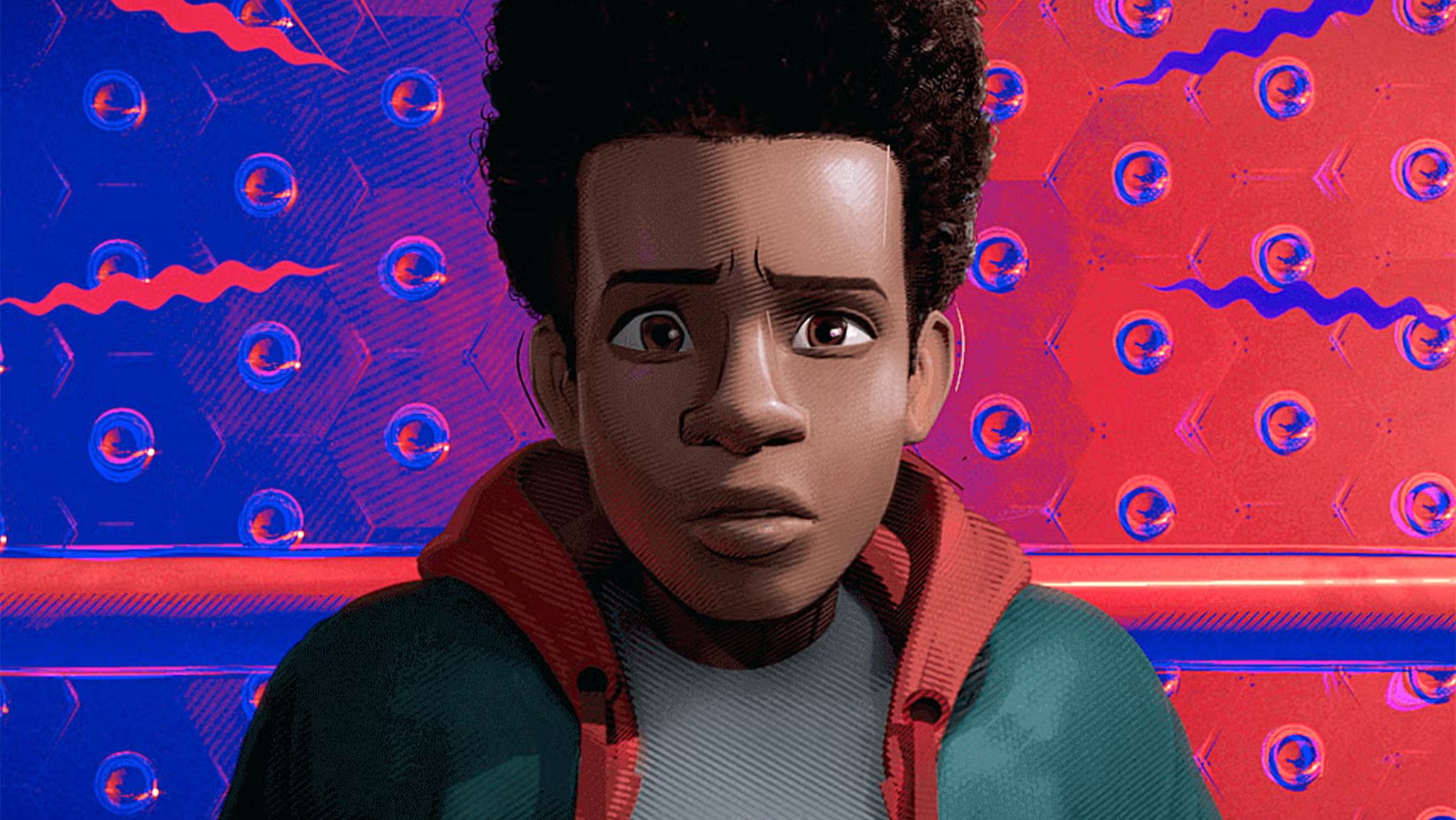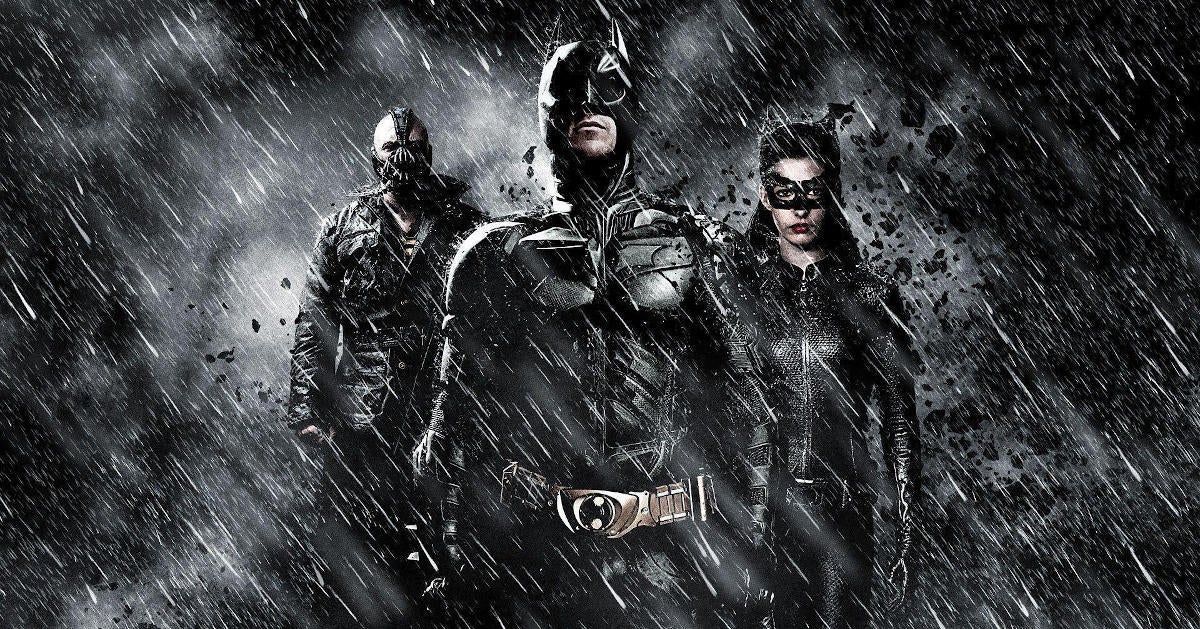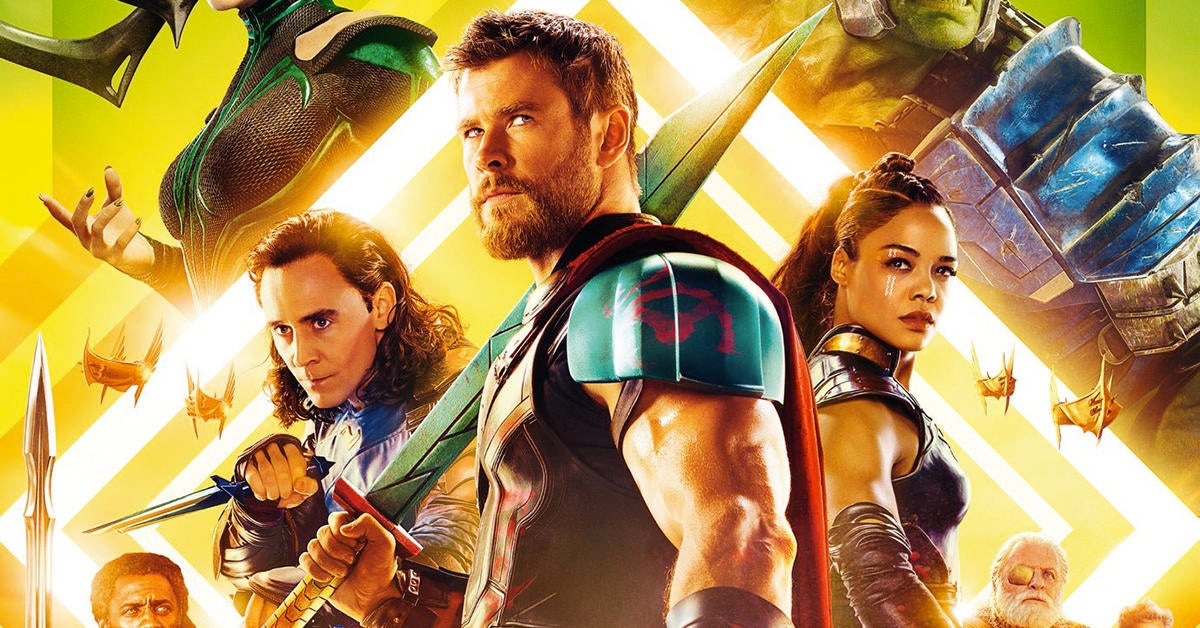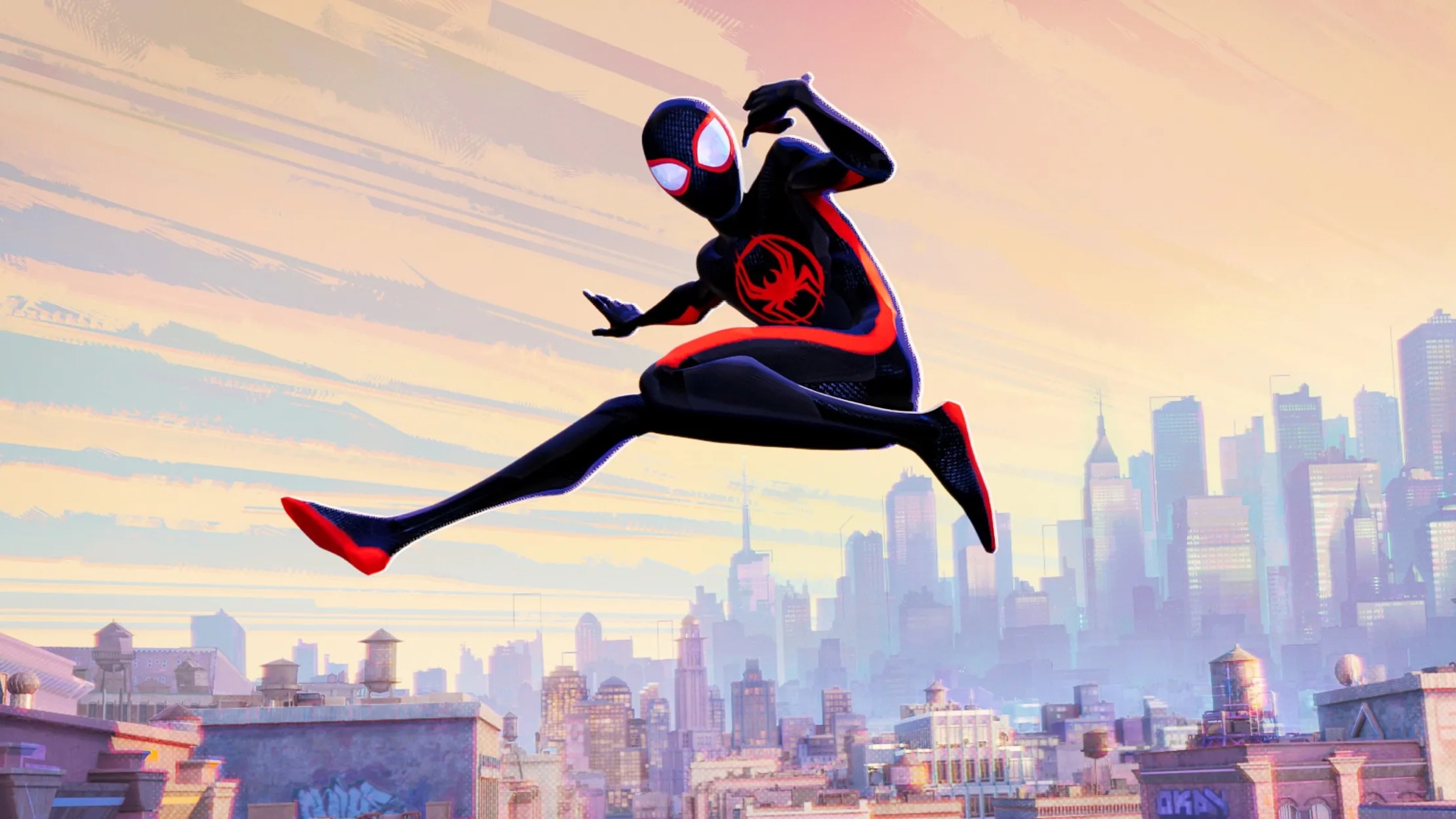
For quite some time now, the superhero genre has been holding a strong grip on Hollywood. Annually, at least one superhero movie gets released, and this influx also includes spinoffs and TV series centered around these characters. Consequently, there’s an abundance of superhero stories available. However, it seems that viewers are getting a bit tired due to the sheer number of such movies. Despite their increasing size and budget, these films have started to feel repetitive as they keep using similar themes and techniques repeatedly. But occasionally, we encounter a superhero film that takes risks by breaking away from the mold. This could be achieved either by reinterpreting characters or by blending different genres. These fresh takes manage to make an impact among the plethora of similar films.
By bucking conventions and redefining the art of storytelling, they infuse fresh vitality into a tired genre. Ranging from Christopher Nolan’s groundbreaking The Dark Knight series to experiencing a thrilling animated Spider-Man saga, we delve into five films that have dared to be different and demonstrated that boldness can pay off, giving viewers something fresh and exhilarating to enjoy.
The Dark Knight Trilogy

One groundbreaking influence on the superhero movie genre has been the Dark Knight Trilogy by acclaimed director Christopher Nolan. While most superhero films focused on explosive actions and glitzy villains, Nolan opted for an entirely unique perspective. Instead of the typical portrayal, he offered a gritty, realistic glimpse into the lives of Batman and Gotham City. Christian Bale’s portrayal of Bruce Wayne allowed viewers to delve into Wayne’s deep-seated psychological traumas and witness the emergence of Batman from those torments. The trilogy didn’t shy away from action but also prompted us to ponder over Batman’s moral dilemma: a wealthy individual taking matters of justice into his own hands.
As a devoted cinephile, I can’t help but marvel at Christopher Nolan’s Dark Knight Trilogy, particularly Heath Ledger’s groundbreaking portrayal of the Joker. This masterpiece offered an intriguing exploration of the villains, challenging the conventional good-versus-evil narrative. Instead, we were presented with a nuanced examination of morality, where the boundaries between heroes and villains became indistinct.
Nolan’s innovative approach, which opted for a serious and authentic portrayal, paved the way for fresh perspectives in the superhero genre. He demonstrated that superhero films didn’t have to be oversimplified or over-the-top; they could instead be intellectually stimulating and deeply moving. The influence of this trilogy on today’s Marvel and DC productions is undeniable, as its impact continues to resonate in the realm of modern cinema.
Deadpool

Many found it unexpected when a hard-R rated Deadpool movie was unveiled, as prior to this, most superhero characters were traditional heroes, and their films were decidedly not R-rated. This move questioned the assumption that a successful superhero film had to be suitable for all ages. Despite being categorized as a superhero, Deadpool is more of an antihero with a brutally violent demeanor and a crude vocabulary. Thus, there was doubt if this style would fit within the realm of superhero films. For years, Ryan Reynolds had been advocating for an authentic portrayal of Deadpool, desiring a film that fully encapsulated the character’s chaotic personality and dark humor.
The audience embraced the film’s self-deprecating humor, excessive action sequences, and recurring satire of familiar superhero themes. Director Tim Miller skillfully balanced the film’s allegiance to the comic book source material with a unique, big-screen narrative. The initial release generated over $700 million globally on a production budget of just $58 million, making it the highest-grossing R-rated movie at that time and paving the way for more grown-up, non-traditional superhero productions.
Logan

Similar to how Deadpool paved the way, the final Wolverine movie, Logan, also carried an R-rating; yet, Logan pushed boundaries even more with its innovative style. Director James Mangold’s unique approach lent a gloomier and more brutal tone, reminiscent of Western films rather than the usual superhero fare. We bid farewell to the emotionally charged Wolverine films with their traditional costumes and villains. Despite being slower and more somber, it still showcased intense violence along with profound existential themes – elements that were novel in the realm of superhero movies.
In a departure from his typically robust portrayals, we encountered a weathered version of Wolverine, falling short compared to his past dynamic roles. Yet, Sir Patrick Stewart delivered an emotional performance as the aging Professor X, which was particularly poignant. Hugh Jackman, in turn, offered his finest Wolverine performance yet, bringing a gritty and authentic superhero to life on screen. This innovative take allowed the film to delve into themes of mortality, legacy, and redemption, serving as an emotional farewell for the legendary Wolverine character. The mature and deeply personal storyline presented in Logan demonstrates that the genre can greatly benefit from fresh perspectives.
Thor: Ragnarok

In this instance, let’s rephrase the text in a casual and engaging manner:
“This was the third installment in the Marvel’s ‘Thor’ series, but it took everyone off guard with its radical transformation. Director Taika Waititi breathed new life into one of Marvel’s gravest characters by infusing comedy, vibrant visuals, and an unexpected plot twist. Instead of a traditional Shakespearean hero, we got a hilarious superhero Thor! Hemsworth managed to add charm to the character while staying true to the core essence of Thor. His comedic delivery was spot-on, complementing Jeff Goldblum’s legendary quirkiness as the film’s antagonist brilliantly.
In a comprehensive overhaul, Taika Waititi not only modernized Thor’s appearance but also infused the movie with an ’80s style atmosphere. The emphasis on action-packed sequences was crucial as Waititi ingeniously introduced fresh elements through his daring decisions. The slow-motion fight scenes instantly became iconic and combined with retro tunes, they’ve left a lasting impression. We experienced more intense action, brighter colors, lively settings, and eccentric personalities. By elevating the film’s quality, Waititi turned Thor: Ragnarok into a visually spectacular and exhilarating cinematic experience.
Spider-Man: Into the Spider-Verse

Unlike previous animated superhero movies, Spider-Verse stood out significantly, earning over $350 million at the box office for Sony Pictures. While they had previously produced three live-action Spider-Man series, this time they ventured into animation. The novelty here was that instead of Peter Parker, Miles Morales, a Black and Latino teenager, took center stage. This was groundbreaking because such representation of diversity in the superhero genre has been lacking on the big screen, despite increasing diversity in comic books.
The movie’s animation style remained true to its comic book origins, employing methods such as line art, watercolor, and dot patterns to create a hand-drawn feel. Artists layered 2D artwork over the CGI frames, striving to give each frame a comic-like appearance. This harmonious combination of classic and contemporary animation methods resulted in a distinctive visual style for the film. The movie masterfully balanced humor with intensely emotional moments, ultimately earning the Academy Award for Best Animated Feature.
Read More
- WCT PREDICTION. WCT cryptocurrency
- The Bachelor’s Ben Higgins and Jessica Clarke Welcome Baby Girl with Heartfelt Instagram Post
- AMD’s RDNA 4 GPUs Reinvigorate the Mid-Range Market
- Guide: 18 PS5, PS4 Games You Should Buy in PS Store’s Extended Play Sale
- Chrishell Stause’s Dig at Ex-Husband Justin Hartley Sparks Backlash
- Royal Baby Alert: Princess Beatrice Welcomes Second Child!
- PI PREDICTION. PI cryptocurrency
- SOL PREDICTION. SOL cryptocurrency
- Studio Ghibli Creates Live-Action Anime Adaptation For Theme Park’s Anniversary: Watch
- Cynthia Erivo’s Grammys Ring: Engagement or Just Accessory?
2025-02-10 05:40